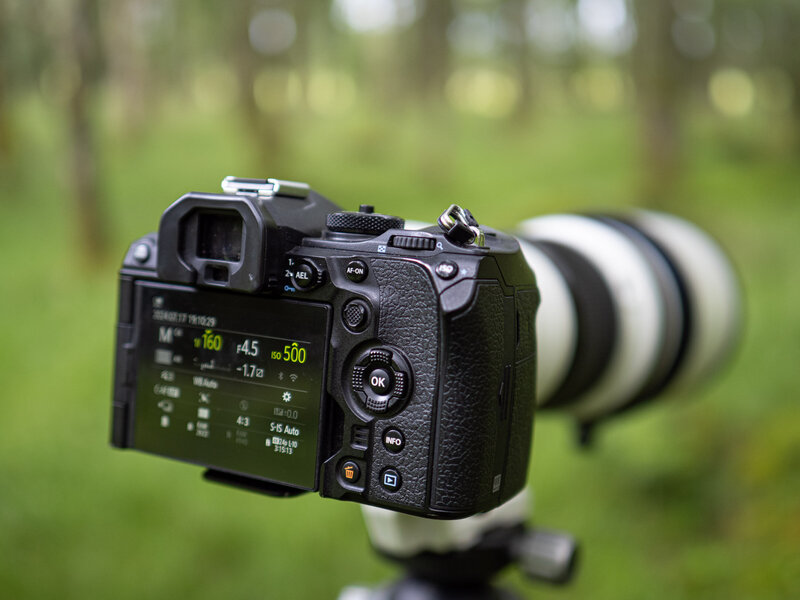Table of Contents
The vibrant array of the sensing unit is likewise remarkably good. When I compared the dynamic variety with a Nikon Z6 full structure cam, there was little difference.

, once more, because of the colour performance. Stiperstones, Shropshire Hills by Sam Davis Photographer.
To me, this restores a lesson I found out long earlier when I bought a Mercury small camera boasting 5MP. Nevertheless the pictures it created were 5MP of outright rubbish. While my mum's older Fuji A101 cam had just 1.3 MP, it created lovely, clear images. Today I see a comparable point occurring with mobile phone cameras boasting 60MP to also 200MP, while they may have yet the image outcome is nothing contrasted to say an OM-5 with 20MP.
The Single Strategy To Use For OM System Cameras
My results from the OM-5 Far have actually been nothing brief of tack-sharp, allowing me to publish larger than A1 with no pixels noticeable or lack of information on the final print. The OM-5 does have a 50MP hi-res setting, where it bumps the sensing unit around to collect a series of images which are incorporated (or some other strange magic).
The OM-5 Has actually enhanced a whole lot. Periodically, if a seagull unexpectedly flies with your shot, after that you may wind up with 8 really faint seagulls on the final image. These can be quickly eliminated in message manufacturing nonetheless. An individual relocating somewhat or waving yard the OM-5 seems able to find this and not create the artefact, so this hi-res function is suddenly very able to be used in the outside environment.
When contrasting the OM-5's 20MP shots, the Z6 at 24MP had no benefit, as a matter of fact, the Z6 looks far much less in-depth. The D810 at 36MP had a minor advantage and the Z7 at 45MP had substantially extra quantity of information. Utilizing the 50MP hi-res mode on the OM-5 nonetheless, this brought it really near the 45MP on the Z7. Left: Nikon D810 36MP, Right: OM-5 50MP hi-res setting. Left: Nikon Z6 24MP, Right: OM-5 20MP (OM System Cameras).
What Does OM System Cameras Do?
I do not have any kind of straight contrasts to reveal, however if I'm called to photo an indoor occasion such as a wedding celebration, I grab the full structure bodies. Modern sound decrease software in article can assist with this, yet it reaches the extent where you merely don't have the detail to collaborate with due noise.
The OM-5 Can be handheld down to 2 secs, often longer, and still get a tack sharp shot! This is just valuable when utilized on stationary topics. Blue Hour, Ogwen Valley. Portable shot on OM-5 with Online ND. Generally the photo quality of the OM-5 is excellent, with sharp contrasty pictures, packed with information and excellent colours.
Getting The OM System Cameras To Work
There are no 2.7 k video options. This produces wonderfully smooth clips straight out of the video camera, however they have no audio (OM System Cameras).
All ground shots in this video were with the OM-5. Something that sets apart the OM-5 from my various other cams, is the phenomenal image stabilisation on video clip. Both the Z6 and Z7 appear to jitter and dive randomly moments, whereas the OM-5 has a gimbal like pan. This is to such a degree that I really choose to use my OM-5 on a solid handheld stick, whereas the Nikon bodies need a hefty gimbal, and also this its not excellent.

The noise from the built-in microphone is all right, yet the position of it being on-board means I just use it for history tracks, such as woodland bird song. The wind likewise likes to make a fantastic loud noise as it skims the mic holes. The cam does have a 3.5 mm jack microphone port though, so you can connect a shotgun mic or a wireless lav mic system, which is just how I have a tendency to use this electronic camera for video.